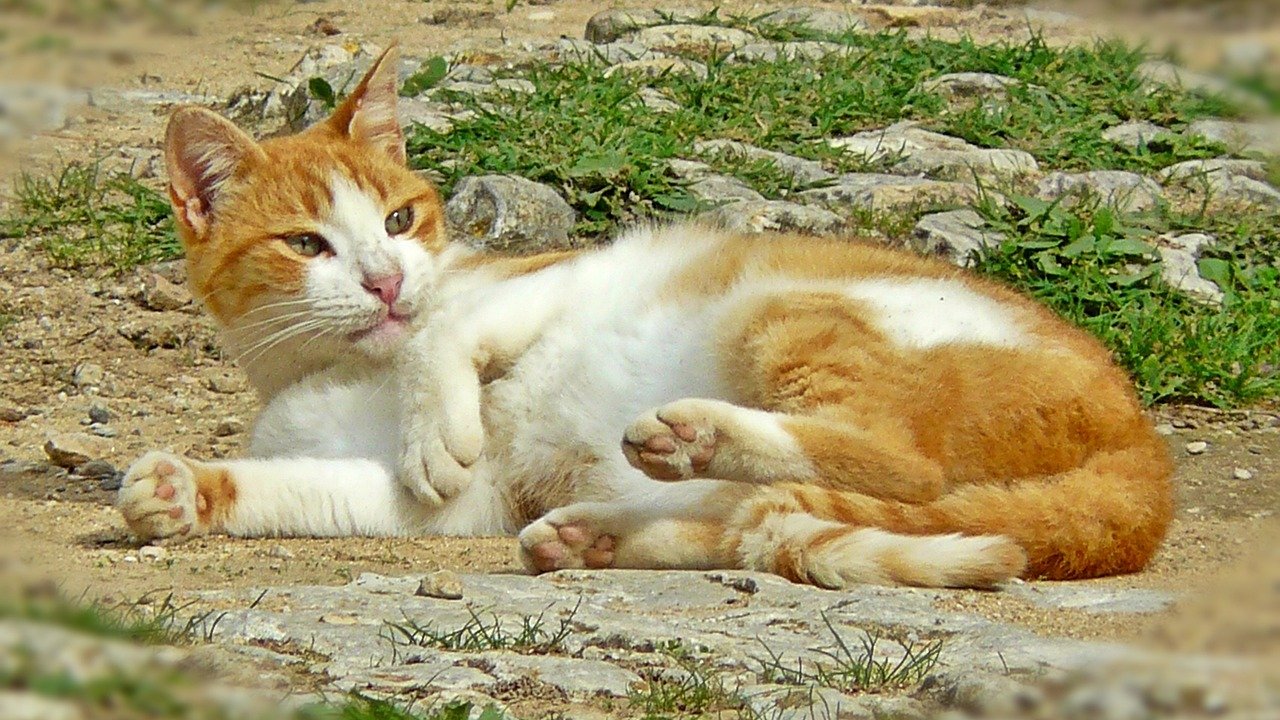
Bathing a cat is a task that can be quite challenging, especially when your feline friend is not a fan of water. However, it's an essential part of cat care that can't be overlooked. Here are 5 pro tips for bathing a reluctant cat and making bath time a fun, stress-free experience for both you and your pet.
1. Preparation is key
Before you even introduce your cat to water, make sure you are well-prepared. This can greatly help in easing your cat's anxiety and making the bath process smoother.
- Gather all your supplies beforehand: This includes cat-friendly shampoo, towels, a comb, and treats for positive reinforcement. Having everything at hand will minimize the time your cat has to spend in the bath.
- Choose the right place: A small sink or tub that your cat is familiar with can be less intimidating than a large bathtub. If your cat is particularly scared, you might consider a waterless cat bath product as an alternative.
- Trim your cat's nails: This is for your safety. A bath might make your cat anxious and they might try to scratch you in an attempt to escape.
2. Make your cat comfortable
The more comfortable your cat is, the easier the bath will be. Here are some tips on how to achieve this:
- Use warm water: Cats are more comfortable with warm water. Make sure to test the water temperature before you start the bath.
- Create a non-slip surface: Place a towel or a rubber mat in the sink or tub to provide a non-slip surface. This can help make your cat feel more secure during the bath.
- Offer treats and positive reinforcement: Reward your cat with their favorite treats before, during, and after the bath. This can help your cat associate bath time with positive experiences.
3. Use the right bathing techniques
The way you handle your cat during the bath can highly influence their reaction to it.
- Wet the cat from the neck down: Avoid the face and try to keep water out of the ears, eyes, and nose as this can cause discomfort or panic.
- Use a sprayer or a cup: A sprayer can be less intimidating than a running faucet. If you don't have a sprayer, you can use a cup to gently pour water over your cat.
- Massage in the shampoo gently: Use your fingers to massage the shampoo into your cat's fur. Be gentle to avoid causing discomfort and make sure to rinse thoroughly.
4. Dry your cat properly
After the bath, it's important to dry your cat properly to prevent them from getting cold or developing skin issues.
- Use a towel: Gently pat your cat dry with a towel. Avoid rubbing as this can cause matting in the fur.
- Consider a pet-friendly hairdryer: If your cat isn't scared of the noise, you can use a pet-friendly hairdryer on the lowest setting. Make sure to keep a safe distance to avoid burning your cat's skin.
5. Regular grooming
Regular grooming can make baths less necessary and more tolerable for your cat.
- Brush your cat regularly: This will help keep their coat clean and reduce the amount of dust and dirt that can accumulate.
- Use grooming wipes: For cats who really hate baths, grooming wipes can be a good alternative for keeping your cat clean.
Remember, each cat is unique and what works for one might not work for another. It's important to be patient and find what works best for your cat. With the right approach, bathing a reluctant cat can become a much easier task.











